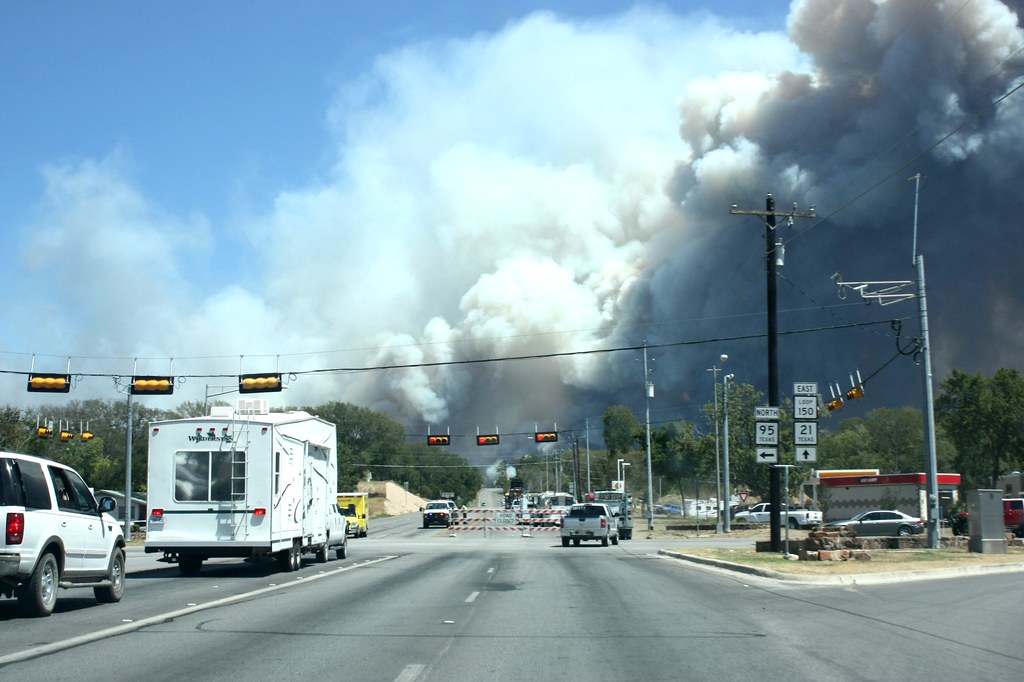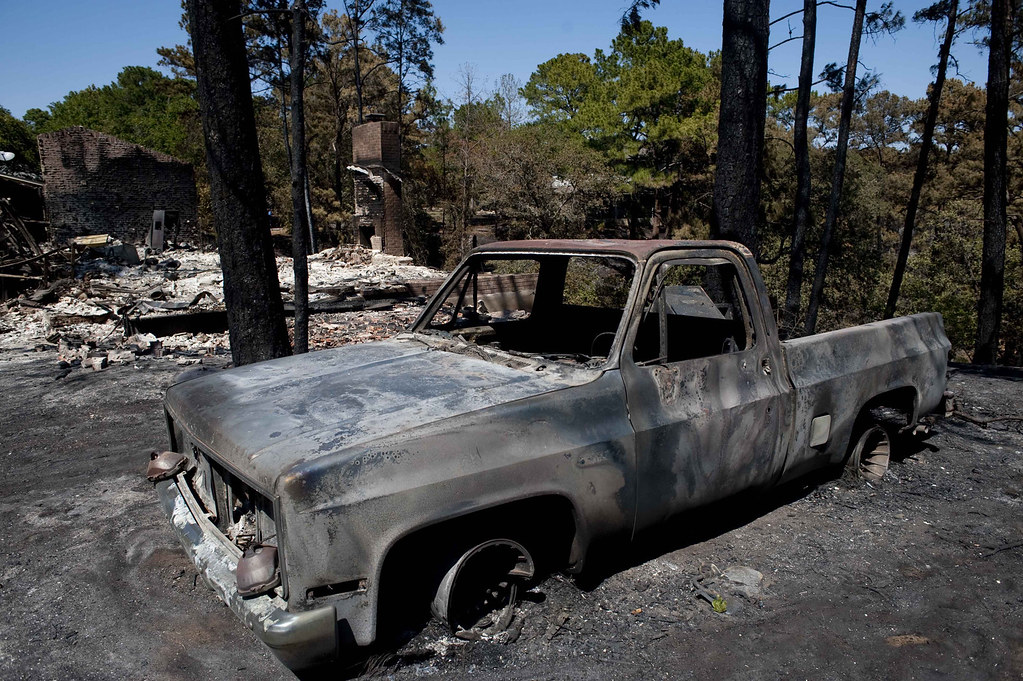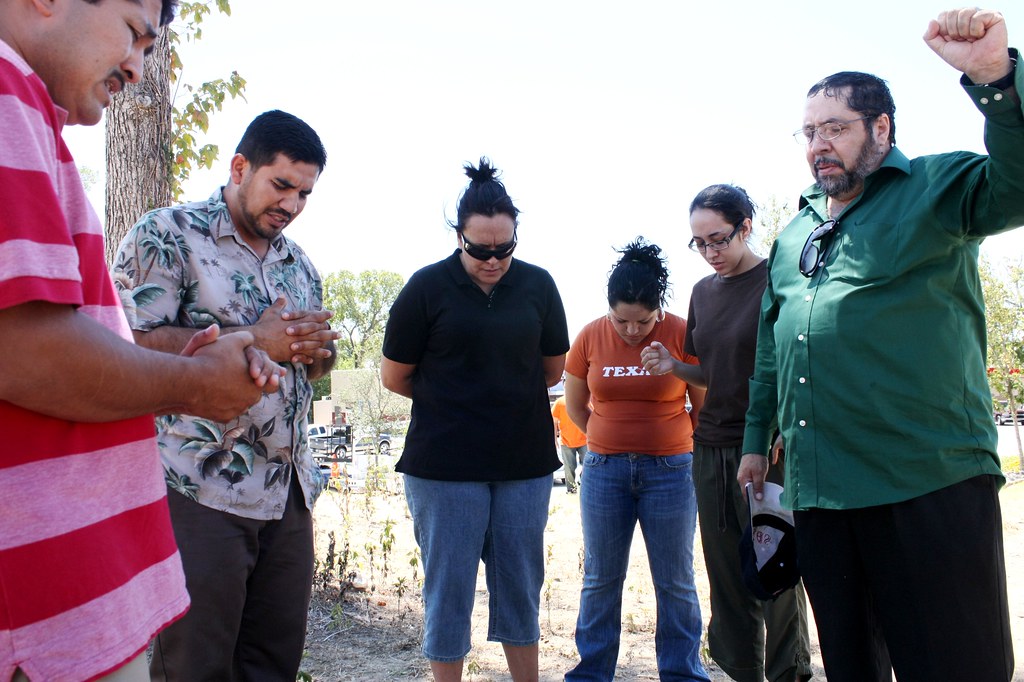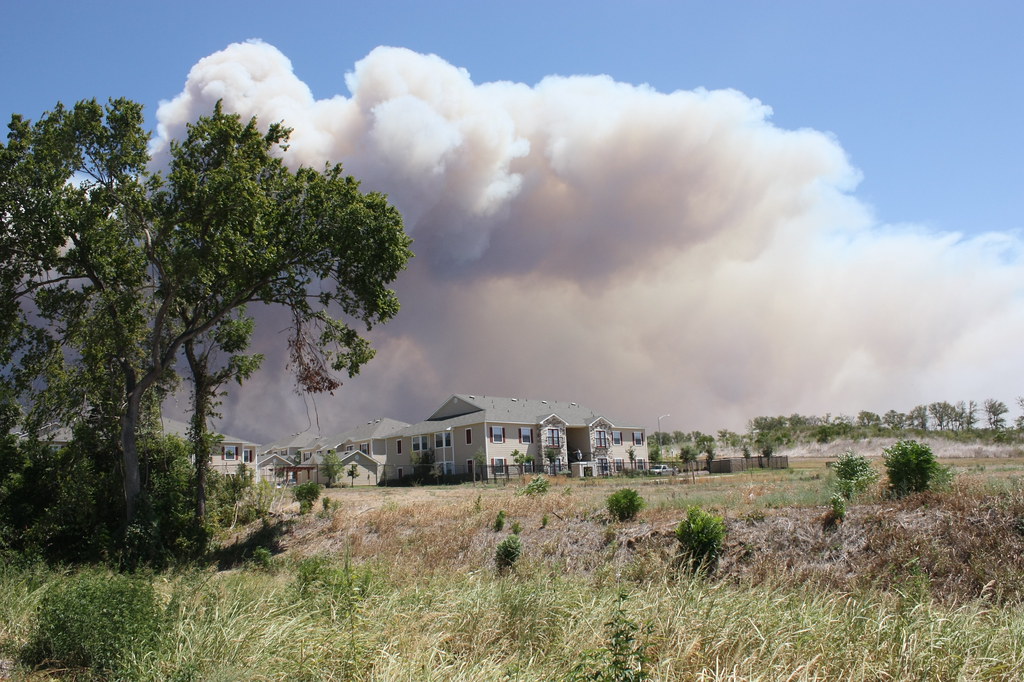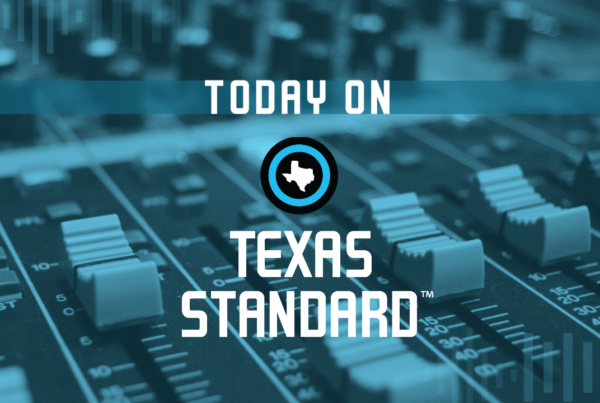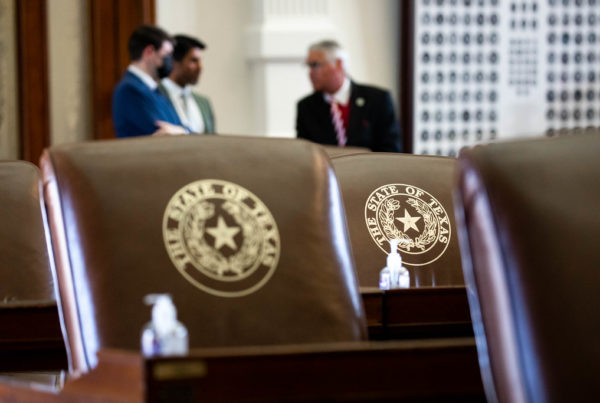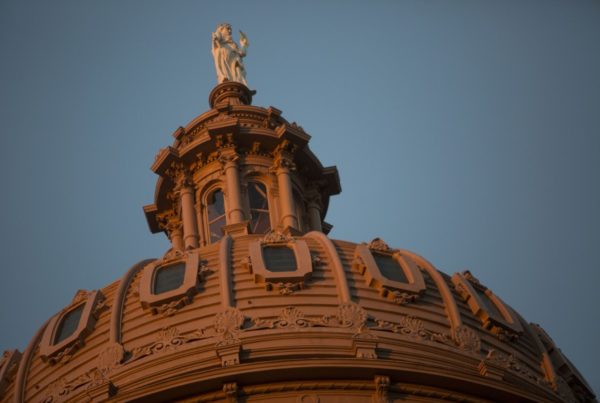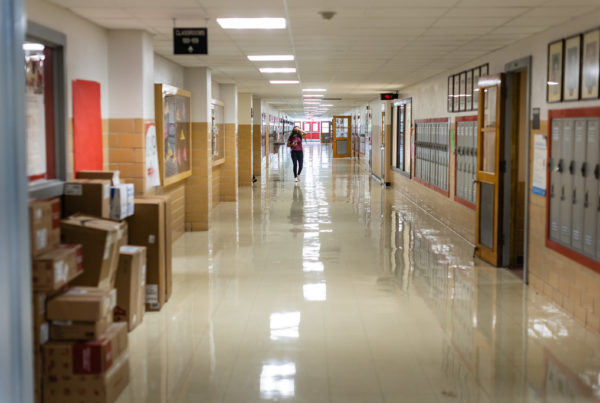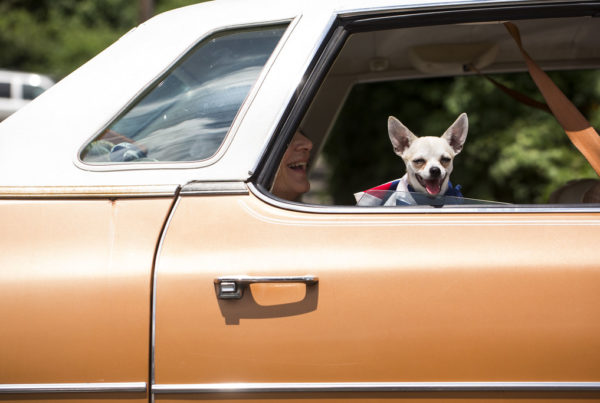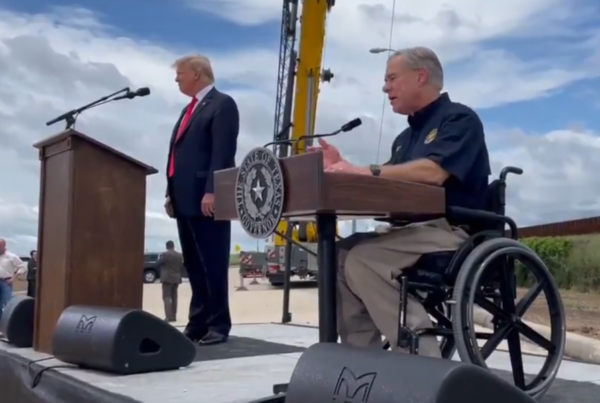Ten years ago on Saturday, a tragic combination of heat, drought and wind created the most destructive wildfire in Texas history. It burned for six weeks on more than 43,000 acres, destroyed 1,700 structures and killed two people.
Randy Fritz was in the middle of it. Fritz is a former Bastrop County judge and author of “Hail of Fire: A Man and His Family Face Natural Disaster.” Fritz shared his recollections about the fire with Texas Standard.
“We were at the tail end of what was an unspeakable drought and a very hot summer. And I woke up and I looked at my phone and, amazingly enough, I saw a large blob of green on the weather radar. … I thought [it was] maybe the remnants of the tropical storm that had formed that day in the Gulf, maybe was bringing rain. But I was wrong; it turned out that it was smoke.”


